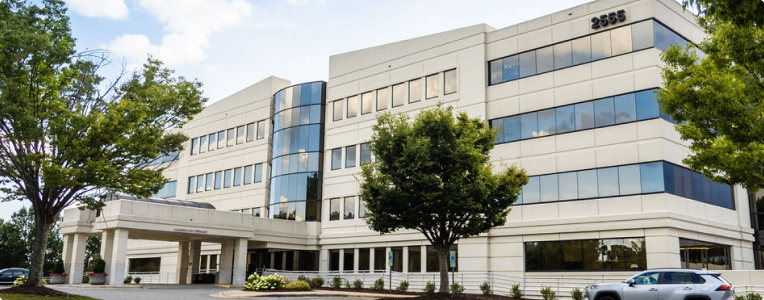 About Us
About Us
At CaroMont Surgical Associates, we provide the latest in general, laparoscopic and robotic surgical service, as well as endoscopy and colonoscopy procedures. With 100 years of combined surgical experience, our nationally-recognized surgeons use a wide variety of non-invasive or minimally-invasive techniques, allowing patients to recover and heal faster. Other comprehensive surgical services for all ages include trauma care, hernia procedures and a wide range of surgical techniques individualized for every patient.
Specialties & Procedures
- Abscesses
- Acute surgery
- Adrenalectomy
- Amputations
- Appendix removal
- Breast cancer
- Catheter placements
- Colon and colorectal surgery
- Cysts including pilonidal
- Diverticulitis disease
- Endoscopy and colonoscopy (upper and lower)
- Fecal incontinence
- Foreign body removal
- Fundoplication (Nissen, Toupee, Dor)
- Gallbladder removal
- Gastric surgery
- Gastrectomy
- Hemorrhoid surgery
- Hernia repair, complex and simple
- Hiatal hernia repair
- Inflammatory bowel disease
- Lipoma removal
- Mass removal
- Pancreatic, liver and spleen surgery
- Parastomal hernia repair
- Pelvic floor disorders
- Peritoneal dialysis
- Rectal cancers
- Removal of foreign bodies
- Sclerotherapy for spider and varicose veins
- Skin grafts
- State-of-the-art comprehensive breast care, including stereotactic breast biopsy and ultrasound guided core biopsy
- Stoma revision
- Other general surgery procedures
Related Locations
CaroMont Specialty Surgery
2511 Court Drive
Gastonia, NC 28054
Phone: 704.671.5600
CaroMont Outpatient Surgery
2545 Court Drive
Gastonia, NC 28054
Phone: 704.834.2086
Pre-Anesthesia Screening Services
2555 Court Drive, Suite 120
Gastonia, NC 28054
Phone: 704.834.4335
Address
2555 Court Drive, Suite 450 & 460Gastonia, NC 28054
Hours of Operation
| Monday | 8:00 a.m.-5:00 p.m. |
| Tuesday | 8:00 a.m.-5:00 p.m. |
| Wednesday | 8:00 a.m.-5:00 p.m. |
| Thursday | 8:00 a.m.-5:00 p.m. |
| Friday | 8:00 a.m.-5:00 p.m. |
| Saturday | Closed |
| Sunday | Closed |
